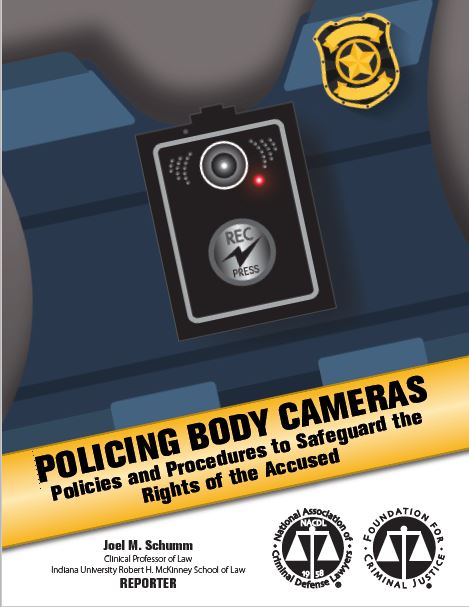BWC Model Policy: An Aid for Prosecutors
This model policy is created as a guide to prosecutors who are working with law enforcement agencies to implement body-worn cameras. The policy includes “Use Notes,” which present and consider viable alternative policies that may exist for a particular issue. Also accompanying the model policy is a checklist outlining the many issues that should be addressed in a body worn camera policy. This model evolved from a policy originally created by a subcommittee of the CDAA Foundation, headed by David Angel of the Santa Clara County District Attorney’s Office.

